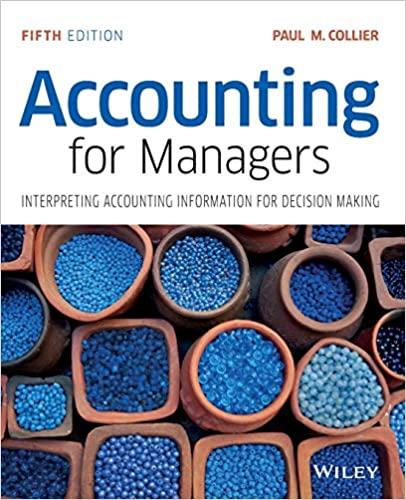Question
*PLEASE SHOW WORK/ FORMULAS Suppose that you are considering an investment in an apartment building. The specifics are: a) The building is seven years old,
*PLEASE SHOW WORK/ FORMULAS
Suppose that you are considering an investment in an apartment building. The specifics are:
a) The building is seven years old, has a 92 percent occupancy rate, and has an expected useful life of 39 years.
Assume that this occupancy rate is expected to continue for the life of the building.
b) There are 200 2-bedroom units, 150 1-bedroom units, and 75 studios.
c) The 2-bedroom units rent for $3000 per month, the 1-bedroom units for $2100 per month, and the studios for
$1100 per month.
d) Current rent control laws will prevent the rents from ever being raised.
e) The estimated annual maintenance cost for the building is $2500000 per year (this is independent of the
number of apartments rented).
f) There is an additional estimated maintenance cost at $125 per unit per month, when each unit is rented.
g) There will be no salvage value to the building in 39 years, but it is estimated that it will cost 6 million dollars at
that time to demolish the building as will be required in the purchase contract. (You are not purchasing the land.
You will have a 39-year lease of the land, which is paid for in the purchase of the building.)
h) The asking price of the building is $60 million.
i) The tax-rate is 40%, and assume the building will be fully depreciated over its useful life.
5. Develop the pro-forma income statement, compute the Operating Cash-Flows, and determine whether you
should make this investment if you require a 7% (after-tax) return on investments like this.
A YES; NPV greater than 12490000
B YES; NPV between 10490000 and 10990000
C YES; NPV between 11490000 and 11990000
D YES; NPV between 10990000 and 11490000
E YES; NPV between 11990000 and 12490000
6. Assume that your bossy boss wants you to do a sensitivity analysis regarding the project. He is concerned that
the vacancy rate may increase by as much as 10% (occupancy will go down to 82%). Compute the NPV for this
scenario (round to nearest $10,000).
A $1,870,000
B $2,070,000
C $2,020,000
D $1,970,000
E $1,920,000
7. Analyze the situation where both rents and occupancy decline by 10%. Compute the NPV for this new scenario
(round to nearest $10,000).
A ($5,940,000)
B ($5,740,000)
C ($5,890,000)
D ($5,840,000)
E ($5,790,000)
8. Conduct a financial (NPV) breakeven analysis on the project to determine the minimum occupancy rate required
to breakeven on the project. What is the accounting breakeven for the project (roundup nearest unit)?
A 127 units; 29.9% occupancy
B 177 units; 41.6% occupancy
C 152 units; 35.8% occupancy
D 202 units; 47.5% occupancy
E 102 units; 24% occupancy
9. What is the OCF breakeven for the project (roundup nearest unit)?
A 280 units; 65.9% occupancy
B 310 units; 72.9% occupancy
C 250 units; 58.8% occupancy
D 370 units; 87.1% occupancy
E 340 units; 80% occupancy
10. Using Question 1, calculate the after-tax IRR and before-tax IRR.
A 4.94%; 8.24%
B 6.47%; 10.79%
C 9.53%; 15.89%
D 3.41%; 5.69%
E 8%; 13.34%
Step by Step Solution
There are 3 Steps involved in it
Step: 1

Get Instant Access to Expert-Tailored Solutions
See step-by-step solutions with expert insights and AI powered tools for academic success
Step: 2

Step: 3

Ace Your Homework with AI
Get the answers you need in no time with our AI-driven, step-by-step assistance
Get Started


